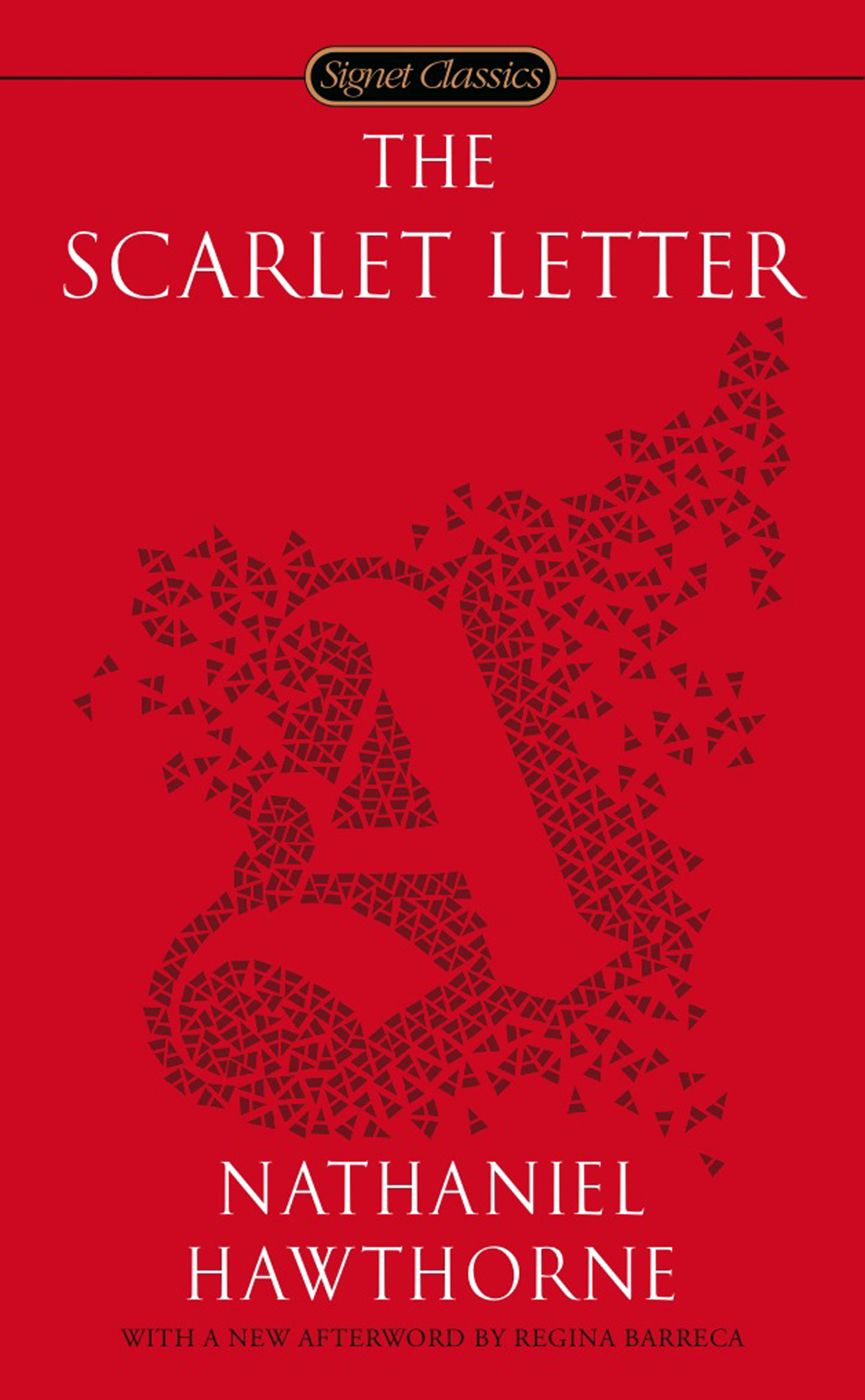Wednesday, March 30, 2016
Brickfilms and Lego
When Ole Kirk Christiansen founded LEGO in 1932, he couldn't possibly have foreseen what a pop culture icon the brick-building toys have become. Today there are games, videos, movies, websites, television shows, and so much more -- all stemming from the love of this brand.
Brickfilm is a term created by Jason Rowolt for making stop motion animated films using LEGOs.
The first LEGO Star Wars was licensed in 1999, but fan space videos have been circulating since the 1970s. The first known LEGO brickfilm was made in 1973 when Lars C. Hassing and Henrik Hassing directed a six-minute film: Journey to the Moon. It wasn't released publicly until May 2013.
The three-minute LEGO Wars was filmed by Fernando Escovar in 1980 but not shown publicly until April 2007.
When The LEGO Group launched LEGO Studios and officially sanctioned fan videos, it opened the floodgates for all things LEGO. Brickfilming festivals are just the tip of the ocean. You can learn a lot about brickfilms through Brickipedia (lego.wikia.com).
Wednesday, March 23, 2016
Twitter Amplifies Voices and Brings People Together
 |
| Watching UFC online while talking about it with other viewers in Twitter. |
That was certainly the case for the screenshot above. Watching #UFC127 online, I could open up my Hootsuite account, find the hashtag, and see what everyone was saying, then respond to tweets or post fresh ones of my own. I could also see the Mentions tab and respond immediately if someone replied.
Sometimes you'll get a good conversation going that you end up following each other and may even become friends.
There are not too many topics you can't find somewhere in the Twitter search. It's an important tool if you want to see what conversations are trending. For example, you can usually tell which way a political election might steer by the conversation in Twitter. If you see more positive posts about one candidate over another, don't be surprised if that is the candidate that wins.
When creating a hashtag campaign for a particular product or story, the hashtag itself has to be memorable and catchy. You can see by the examples listed in this tintup.com blog.
Even if you're by yourself, Twitter has a way of making you feel like you're watching an event in a houseful of people.
Wednesday, March 16, 2016
Old School Transmedia
 |
| From my personal box of Monkees treasures. |
Modern day storytellers tend to think of transmedia as a purely digital invention, but cross narratives have been well in play for decades.
I was thinking about this when I opened my box of Monkees paraphernalia. In it was a transmedia treasure trove: a Tiger Beat Monkees magazine, paperback and hardcover books, trading cards, a letter from the David Jones fan club, picture coins that came in a box of cereal, and plastic finger rings with faces of each of the Monkees. This went hand in hand with a television show I used to watch and the albums I collected.
The following are a handful of physical transmedia items from other projects:
 |
| A small full-color picture pocket book derived from the television show Desperate Housewives. |
 |
| The DVD set from the television series based on the book trilogy by John Jakes. |
 |
| Something that wasn't a part of the North & South series, but could have been used to market it. This is a cassette tape of narratives from the Civil War. |
Wednesday, March 9, 2016
The Core of a Story
"... process where integral elements of a fiction get dispersed systematically across multiple delivery channels for the purpose of creating a unified and coordinated entertainment experience ..."
HenryJenkins.org
There are two sides to developing a story through transmedia: a marketing strategy and crowdsourcing its fans.
Apps, books, social media, music, downloads, merchandising, memes, spinoffs, fan Vines or YouTube videos -- all of these combine to point to the core of the story: the main platform to which the story has been presented. Look at any popular television show (The Walking Dead, Game of Thrones, Mad Men) or movie (Star Wars, Batman, Marvel Avengers) as an example.
The planning to use transmedia should include: what to narrate, how to narrate, genres -- what and how to narrate to different audiences, the story's characters, creating a fictional or real world experience, and structure, to name a few.
Let's take the poem In Flanders Field by John McCrae as an example. It's a story that is in the public domain.
McCrae was a Canadian surgeon in World War I, who died at the end of the war of pneumonia. Here is the poem:
By only looking at the first stanza, we can expand the story, using YouTube, Vimeo, radio/podcasts, blogs, Pinterest, Instagram, and so much more. The topics that add meat to this story are:
- International politics
- Battlefields, plus surrounding towns
- Death
- History, including honor, sacrifice
- War poems
- Poppies
- Graveyards, gravediggers, the people left behind
- Larks
- Guns and gunnery
Wednesday, March 2, 2016
Using Transmedia For A Fiction Book
The Scarlet Letter may be a literary classic and even if the author is long dead that doesn't mean the story could not be expanded through using transmedia.
The book was written by Nathaniel Hawthorne in 1850 and the scene is set in Puritan Boston. It is about an extra-marital affair that results in an illegitimate baby, to which the woman is ostracized by society.
By today's standards, the subject is the perfect made-for-television movie or soap opera. There are a number of elements that can be expanded to add to the story to create a further understanding for the audience.
- What it was like to live in Puritan Boston
- Sin
- Adultery
- Salem, Massachusetts (where the author was from)
- The author: Nathaniel Hawthorne
- Biblical references
- Adaptations of the story -- there are many
- Hester Prynne, the heroine of the story
- Pearl, Hester's illegitimate daughter
- The letter "A" -- what Hester was sentenced to wear in public to label her an adulterous
In reading the book again for the first time (with fresh eyes), you can add a lot more to this list.
So how do you expand a story like this? Here are just a couple of ideas:
- Post as Pearl in Snapchat or Instagram, perhaps using imagery of how she would view today's world, or what she would have witnessed in her own lifetime.
- Post as Hester on Pinterest, creating boards of items that she would have been interested in.
- Use Pinterest to expand on the elements listed above.
- Spoofs and memes on the story.
- YouTube channel readings, perhaps in different voices.
Any book, fiction or non-fiction, can be expanded by using different media to create unique content. It just takes a bit of creative brainstorming.
Subscribe to:
Posts (Atom)




